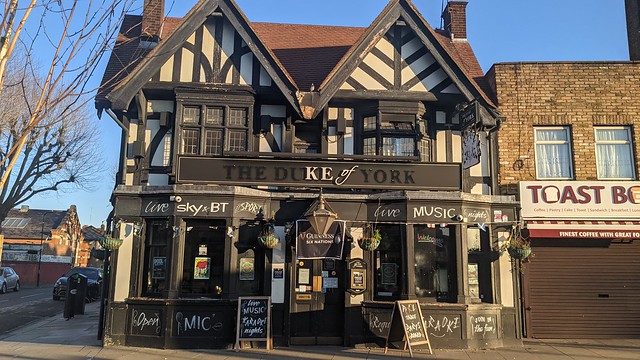The Ambiguous Book Project has certainly made me re-think. Re-think not just the powerful images that have been submitted but my whole approach to photography.
I've come from a place where words like serendipity, chance, observational, non-intervention are my maxims. I've shied away from putting myself in the picture, both figuratively and metaphorically. I confess, after a little scrutiny, that's certainly disingenuous. I was struck by a quote from Werner Herzog in a recent interview in the New York Times.
“I insist that even if you make documentaries, we are filmmakers, and we must never be flies on the wall, unobtrusive and just registering. As filmmakers we should be the hornets that go out and sting. The fly on the wall is a perspective that is suspicious to me per se. Every single camera angle is already a choice and a statement.”
One of the motivations behind the from the hip technique I've pursued is a dissatisfaction with my own overt efforts to control the composition of my pictures. Formally they were competent but the rational thought behind their construction drained the life from them. They rarely reflected how I felt. To retain that soul I gave up all control over the composition of the image to my old friends (the cop out twins?) serendipity and chance...
Granted it's not entirely random. In deference to Werner Herzog I am deliberately introducing the camera into a situation that I have determined is an opportunity. The moment of exposure, the sting if you will, is of my choosing. However, in this scenario, the target is not.
Introducing that ambiguity into my photography from the very moment of conception has always attracted me. As well as the essential originality of the image - the first time I see it is on a contact sheet - the images that I respond to most have an innate democracy. Each element has equal significance, an equal vote to win my attention.

So what's my problem? Well the images I see submitted to the project are deliberately composed yet still evocative, full of soul. The interpretations each photographer has offered enriches the experience further. Perhaps I just need to lighten up. Not worry about a composition that speaks directly of my experience. After all it's only supposed to be a representation, right?
29 May 2011
fly wall hornet sting
17 May 2011
now we are 10
I'm really proud to say our first ten images have been contributed to the Ambiguous Book Project. I'm already struck by the quality of the photographs and fascinated by the insight shared by the participants.
I'm heartened that Anita French responded to the challenge with an image that immediately expresses the essence of the project: not just a striking image but one considered in terms of thoughts triggered by my picture.
From the States we bounce back to Europe, to the Netherlands to be specific and to Michiel Faro. I really like Michiel's take on his image, "..different yet strangely coherent directions" has resonance for the whole project!
Zun Lee from Canada's interpretation really excites me. Using a single element of the previous picture he conjures up a whole new world of possibility.
At this point I was interested to see if the sequence would start to focus on characters and their stories. However Fabrizio Quagliuso brilliantly switches focus to the fabric of the city and its equal significance.
The image from Tiffany Jones is a marvellous counterpoint. It's a powerful example to me how insight into the photographer's own thinking can enrich the experience for the viewer.
Our voyage next takes me to Pakistan and a gift from Ali Sultan that, even now when I look at it again, has deep emotional impact. An ambivalent image for an ambivalent world.
Orville Robertson evokes a sense of a place I was once very familiar with. It's a real lesson to me in how any rules of composition, when it comes to photographing on the street, are there to be redefined.
And guess what? Donald Martinez has done just that. His interpretation of Orville's image neatly flips the arrangement of elements to mirror its mood.
A wonderful sequence is now developing thanks to Anika de Souza. The inanimate transforms into the intimate.
Superbly complemented by Matt Scandrett, I'm transported both in space and time.
I smile when I look at these last two images as I've been congratulating participants in embracing the project. Here are two, sorry four, people doing just that!
OK. Deep breath. Onwards and upwards.
Subscribe to:
Comments (Atom)







